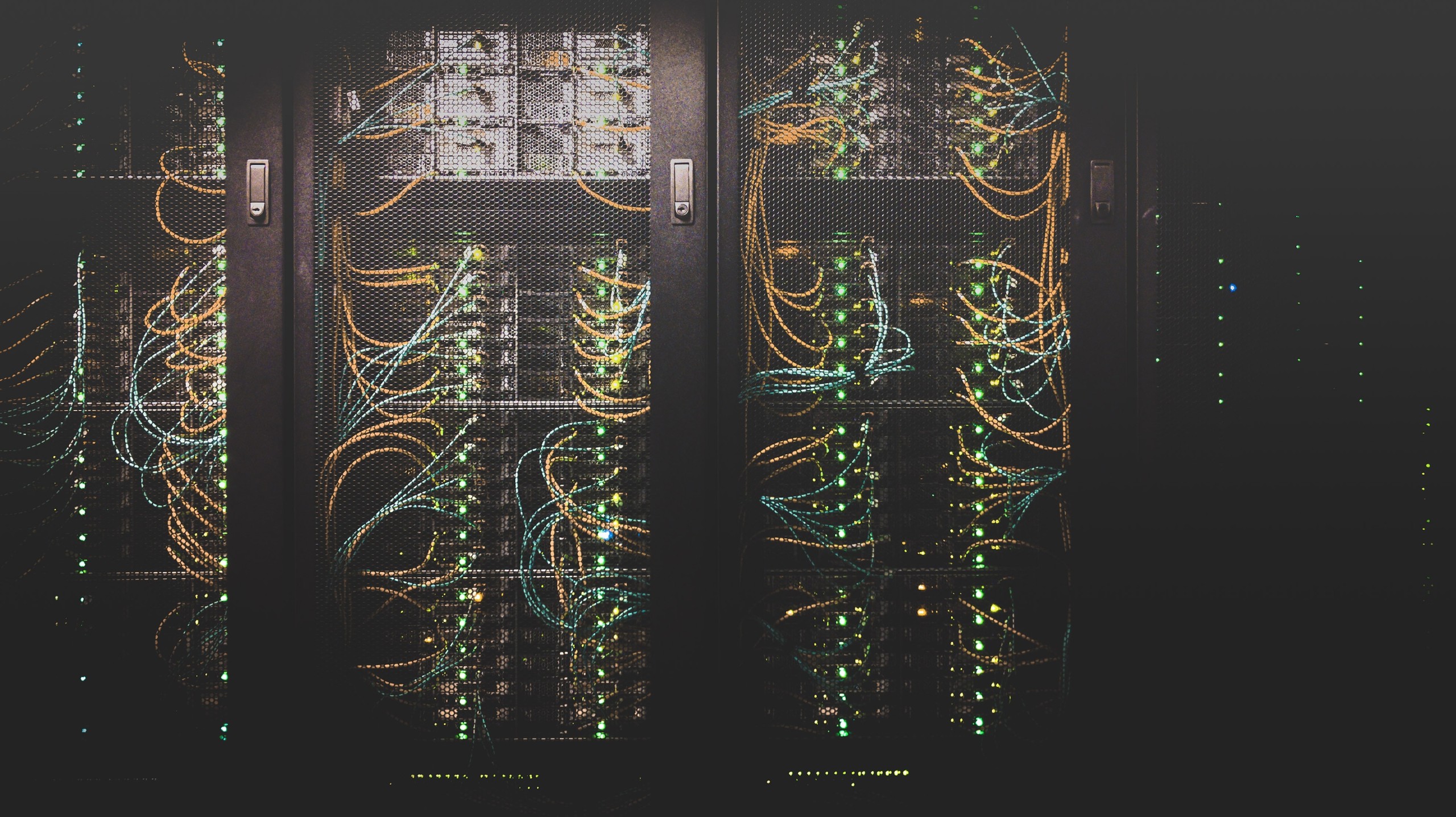Sharing personal and business data, or the tracks (search patterns, location, language, researches, blogs, social network accounts, etc.) that users leave behind in the online environment, has made technology more alluring and given rise to a new idea: BIG DATA.
You could have searched for a white, high-neck T-shirt online, for instance. You will see white t-shirt advertisements and recommendations after you leave that website and enter into your social media accounts. This is a typical occurrence and the most basic illustration of how millions of people’s digital footprints are kept, analyzed, and exploited.
The well-known platform Netflix has created a system that processes and analyzes Big Data to choose the best product for the user. The kind of shows, films, or documentaries viewers have previously viewed, the performers, the length of time spent watching, the producer, the director, and the scriptwriter… It has grown to be the most popular platform in the world by processing a lot of data, showing the user material that is comparable to what they view, and skillfully classifying and analyzing a large algorithm. Here is why the idea of big data is so important!

Let’s examine the applications of big data now.
Big Data has a very broad range of applications and is used in practically every industry.
By analyzing the data at their disposal, banks gain from the usage of big data in a variety of areas, including money transfers, cross-selling, and risk management. As a result, we can see that using big data is a topic that also has a separate business line.
Health Services is one of the industries using big data the most, and maybe for the best reasons. Big Data testing with different analyses enables progress by determining specific treatment methods, detecting infectious diseases, developing the pharmaceutical industry, and creating algorithms in many related subjects. This is done by looking at the patients’ health records, disease histories, treatments, and changes in the general course of the diseases related to those treatments. I believe that individuals who created this algorithm deserve a tremendous deal of credit for preventing us from contracting dreadful diseases or at least giving us a way out.
Yes, we’ve already gathered a ton of insightful data, but is the job finished? No! By comparing customer demand data with information gleaned from social media and various online shopping sites, Big Data significantly contributes to improving customer satisfaction by categorizing options, providing suggestions, using it in advertising activities, and figuring out consumer habits and even trends.
Using big data for in-state actions is crucial once more. Keeping and utilizing a variety of data, including census data, election results, and budget reports, enables the improvement and diversification of government services. The E-Government application is one of the most significant instances of how Big Data is used in government services. By making it easier for someone to access both government services and personal information, it improves the ethics and efficiency of the services provided and makes it possible for those services to be used swiftly and effectively.

Let’s now examine the characteristics of big data, whose instances we have seen and which are rather fresh in our thoughts. Naturally, not all of our data is categorized as big data. It needs specific characteristics in order to qualify as big data. What then are these characteristics?
Five main components make up the data we refer to as big data. This is known as the 5V concept.
Variety: We now have a wider range of data thanks to advances in technology. As we all know, data is no longer only available in one format. It is available in a variety of forms, including text, video, PNG, JPEG, txt, xml, CSV, and many more. It’s crucial for a productive workplace that data in different forms can be translated to one another. Big Data thus includes a variety of forms.
Velocity: To maintain continuity, the enormous amount of data we have has to be processed and analyzed quickly, but it also needs to be processed and analyzed quickly enough to match production speeds. The idea of “Speed” is crucial in big data testing because of this.
Volume: Although there is more data now than there was ten years ago, the cost of storing that data has climbed by 1.5 times. This circumstance makes clear that excellent editing is necessary for the accurate and effective preservation of the acquired data.
Veracity: Information in data must be accurate and of high reliability. To get wholesome results, the data should be cleansed of inaccurate and useless records. Anyhow, inaccurate data cannot be transformed into useful knowledge.
Value: Value is the most significant Big Data component. As long as the information collected and processed gives value to the company, it is meaningful. It is crucial to build the analysis and simulations of big data properly in order to help the business employing big data.

Let’s talk about the processing of big data.
The stored data must be adequately analyzed in order to expose its clear and usable condition and to yield the most helpful information. To do this, it is required to compare a large number of data points and see how they relate to one another. This is often defined by the impressions and discoveries that the gathered data is processed as a consequence of certain analyses to produce a structure model, then simulations are done on this structure model, and the outcomes are altered by altering the placement of the data points each time.
When compared to the past, when data was handled using databases and spreadsheets, today’s definition of data has a more sophisticated structure. Data now encompasses a wide range of media types, including images, videos, audio recordings, sensors, and written text in addition to databases. Due to the complexity of data segmentation and processing, businesses must make their own Big Data investments.

When processing and analyzing big data, there are a few things to keep in mind. This procedure may be examined in 5 steps.
The definition of the question should come first. The proper questions need to be asked at the outset of the data analysis. Questions should be quantifiable, succinct, clear, explicit, and situation-relevant.
What should be measured as a value? What are we tracking here? The answer to a question should be obvious. Depending on the responses to the questions, it should be decided in advance what will be measured and in accordance with which attributes.
It is time to start gathering data when the questions and measurement priorities have been decided. The data should be methodically organized in an approachable style after the available resources have been assessed. After that, it is necessary to identify any missing data and finish the data collecting process.
All of the results are gathered and examined after these various steps. By examining the facts in light of the relevant standards and the desired outcome, evaluations are formed.
The data was gathered, examined, and the time has come for the findings. It is determined whether the desired and acquired objects match before interpreting the findings. Does the information respond to the inquiries made? Does it possess the ability to refute a potential objection? Exist any areas where it might be done better? What choices does it present? Big Data processing and utilization are assured by the interpretation of numerous such outcomes.
Yes, as is evident, big data affects every part of our life. If it is designed and used properly, we can see how much convenience it offers in a variety of fields, from banking to fashion trends, from health care to government services, and how it speeds up the development of businesses in a number of fields, including sales, marketing, production, and supply and demand.
REFERENCES: http://www.teknolojidenbihaber.com/buyuk-veri-big-data-kullanan-13-uygulama-alani/ http://www.gtech.com.tr/big-data-buyuk-veri-analizi-nasil-yapilir/ http://www.mysoft.com.tr/buyuk-veri-big-data

